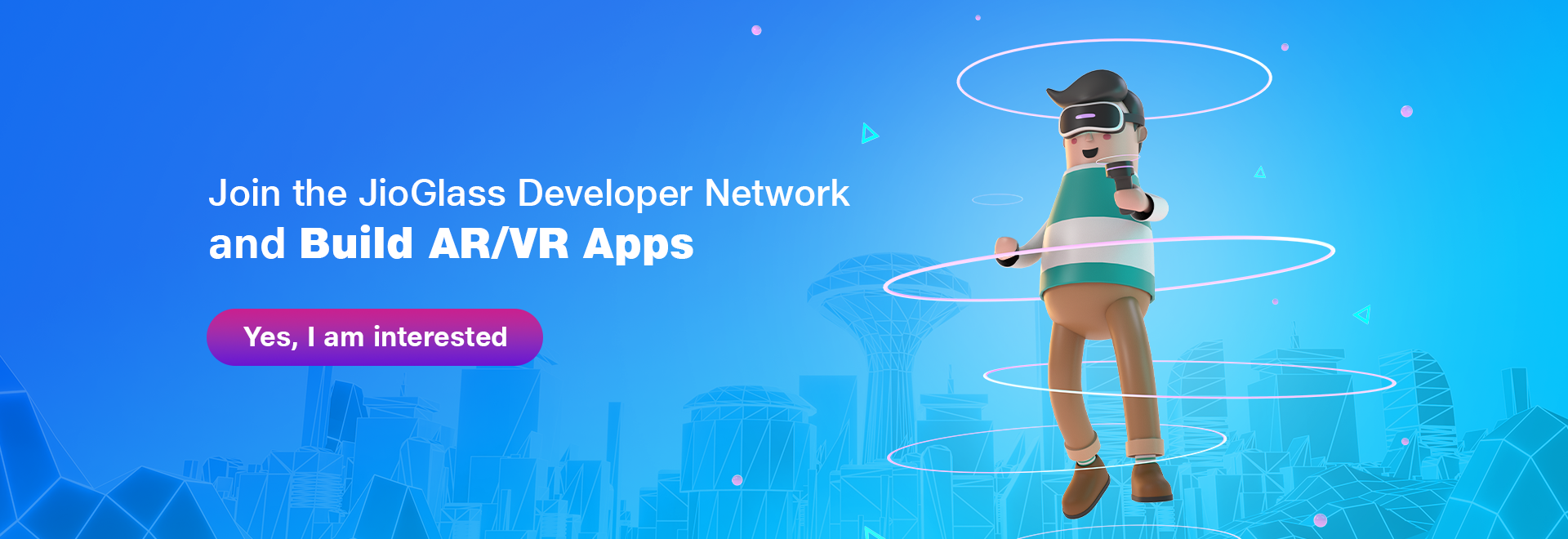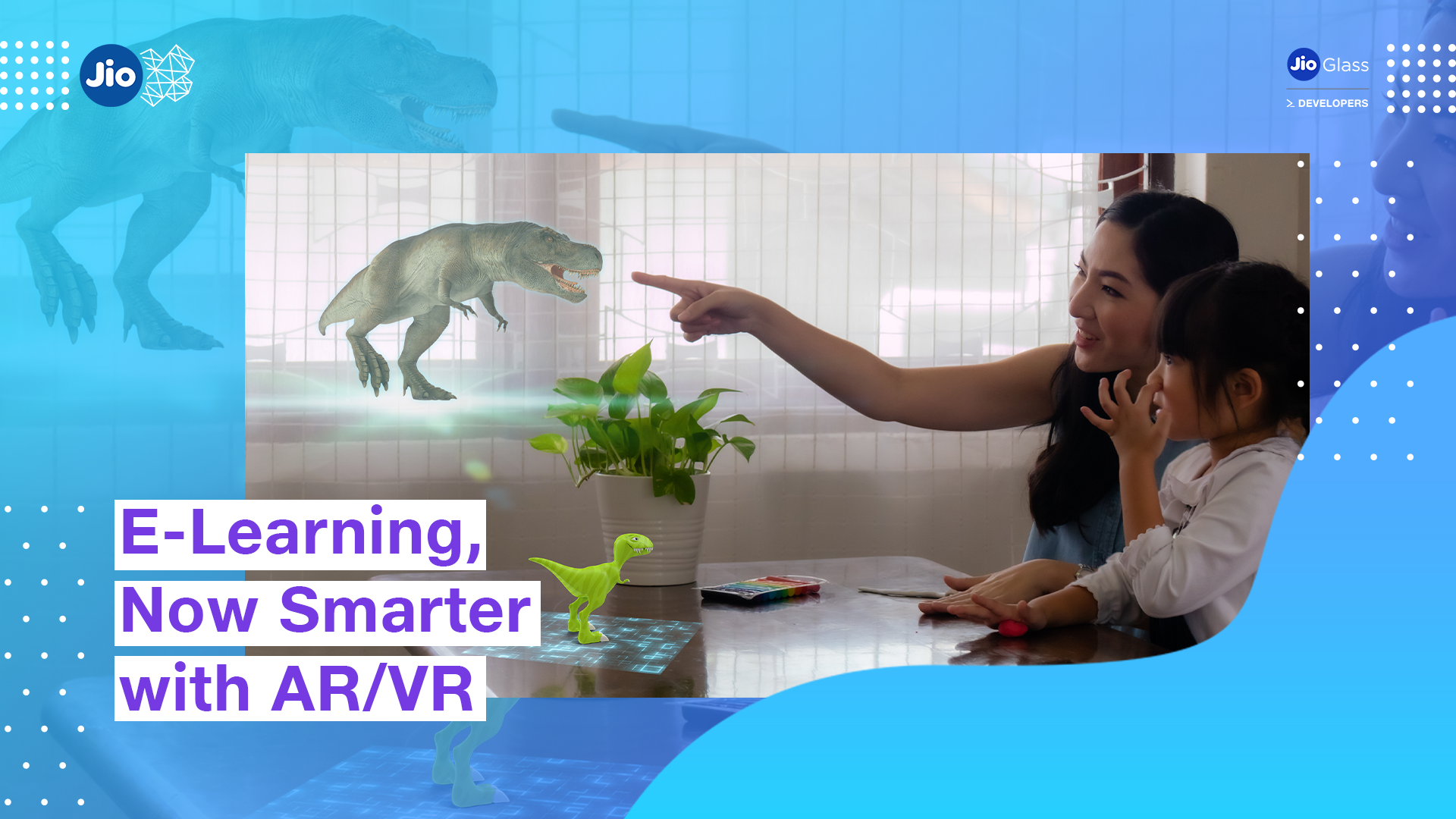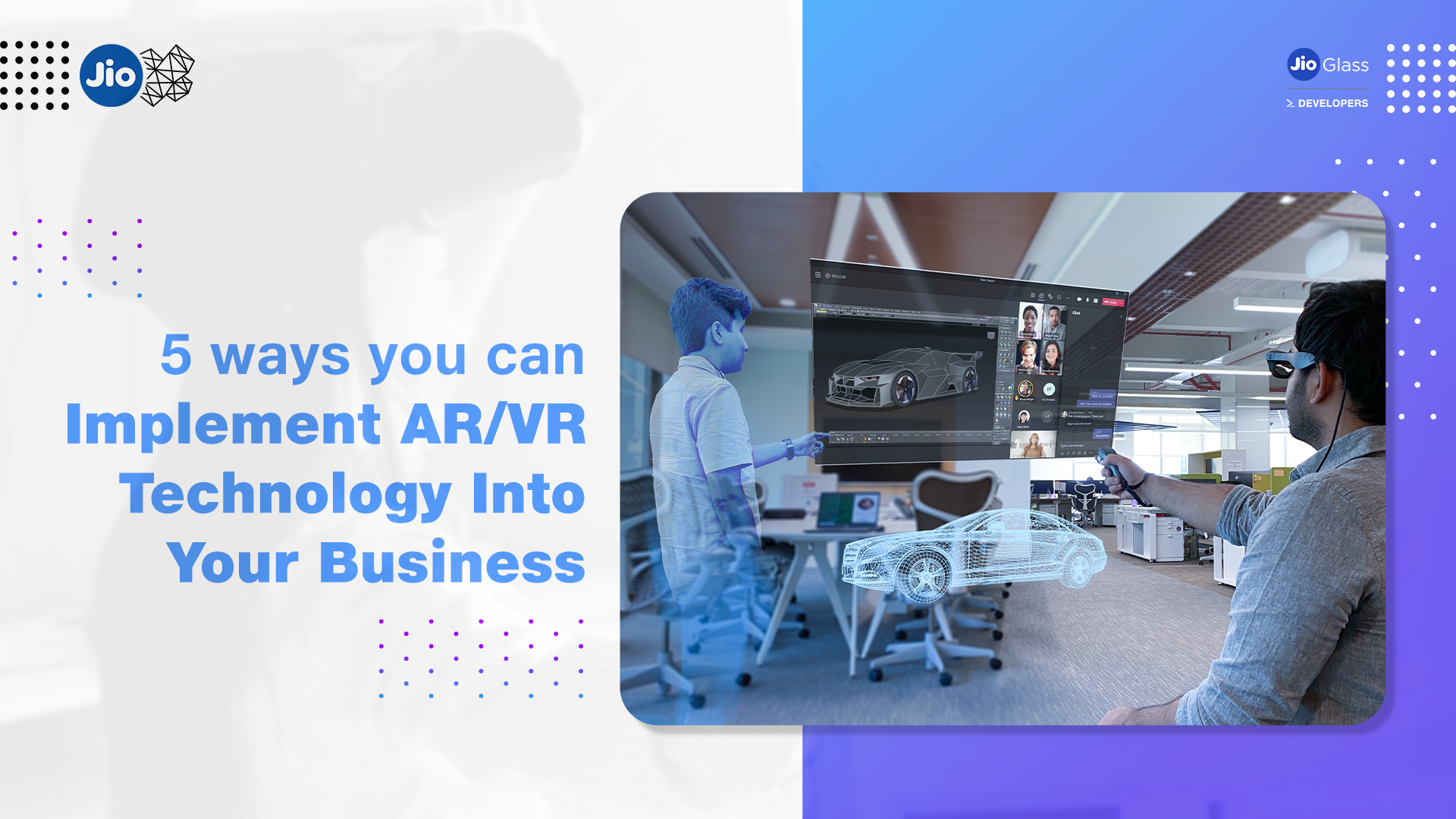Three Case Studies of AR/VR in Healthcare Sector
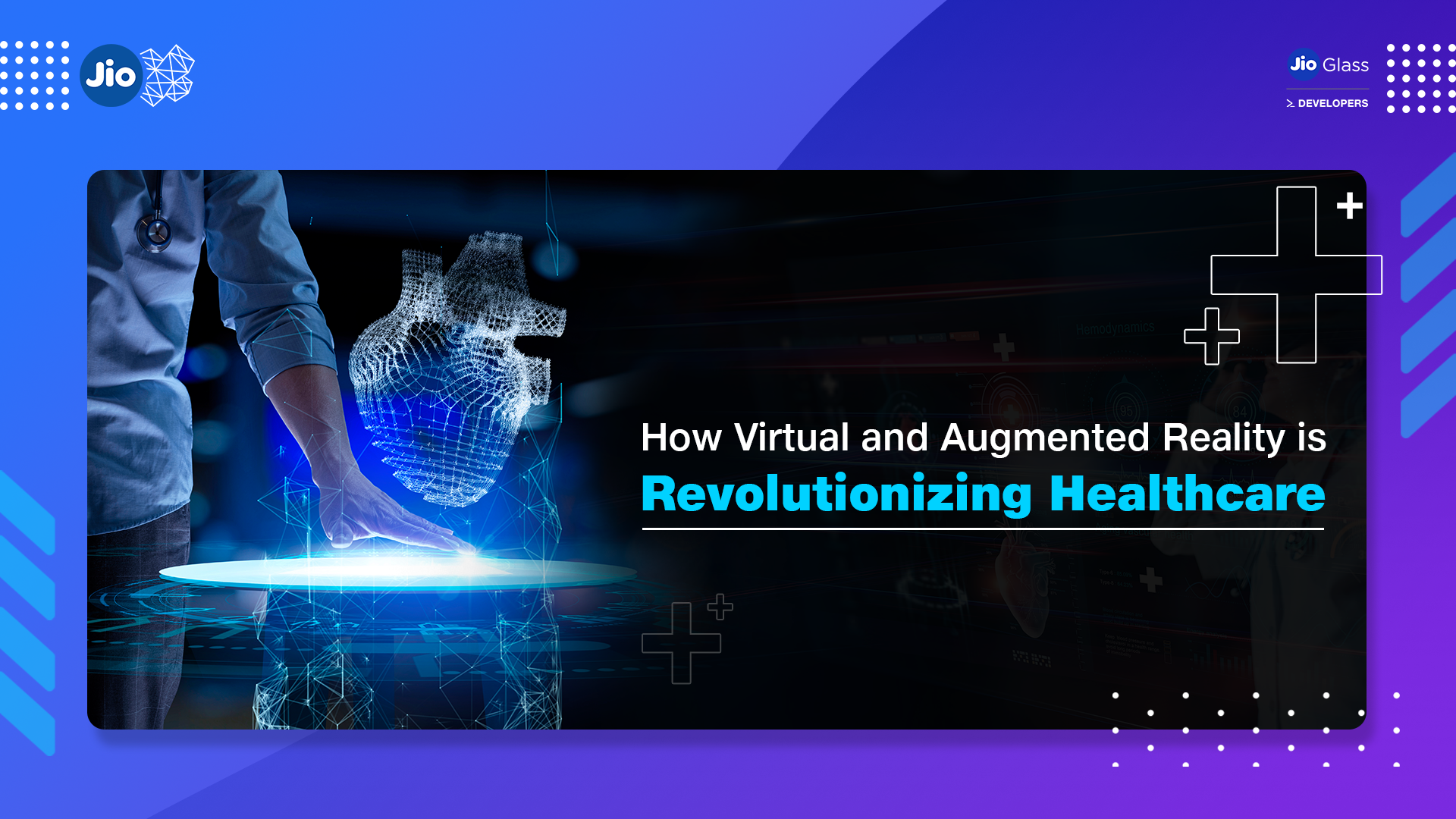
How Virtual and Augmented Reality is Revolutionizing Healthcare
Tech evolution has changed the healthcare landscape completely. You will be surprised to see what modern AR/VR tech can do to enhance our healthcare system.
The implementation of tech in healthcare goes back to 950 BC when people used prosthetic wooden legs to the discovery of stethoscope, X-rays, MRIs, online records, and even implants! Today in 2022, AR/VR tech is changing the way we learn, create and apply, overall. Tech in healthcare has enabled AR & VR to save lives like never before. The increasing penetration of connected devices in the industry and the rise in awareness about the IoT applications directly anticipates the growth of AR and VR too. How so? Let's find out how virtual and augmented reality is revolutionizing healthcare.
AR VR is the next best thing in the healthcare sector. The Global Augmented and Virtual Reality in the healthcare market is estimated to go up from 1.5 billion in 2021 to 18.7 billion by 2028. The compound annual growth is calculated at approximately 30.2% CAGR.
The demand is high for various applications of AR VR in healthcare, some of which are:
Training
Medical students study the human body by performing physical surgery tasks like incisions, drawing blood, and more. While conventional methods include learning from slide shows and textbooks, AR VR enables students to learn with 360-degree videos and 3D interactive content. Many companies have developed smart MR Apps that can be accessed through head-mounted devices. Complex and life-altering medical procedures can be learnt in simulated environments on a holographic skeleton. This reduces the risks and helps them gain feedback constructively through infographics data which can help them track their progress and improve performance the next time.
Enhanced Diagnostics with 3D
Traditionally, top surgeons used static two-dimensional images to understand the report of the patient and conclude the probable fracture in spine or nerve damage. Now with 3D visualization because of augmented and virtual reality, nothing is left to the imagination.
You know how when you see the TV series Good Doctor and the lead character Shawn Murphy has mental 3D visualization of the patient before he explains what could be the issue? Just like that, with the new, innovative technology, the entire spine can be shown in an immersive simulation and the specific data can help change the way doctors diagnose patients. This also opens a wide scope to study the human body accurately and build better medicines in the future.
Virtual Assistance
Virtual Reality in surgery plays a significant role when an urgent operation needs to be performed and the doctor is at a distant location. Tele-surgery can be performed using a robotic device which is controlled by a human surgeon. This method is gaining popularity amongst the physician community.
Pain management
For patients with severe pain, like those recovering from having received a skin graft, AR VR provides a good cognitive distraction method. Physicians use various interactive games in simulated environments that are specifically built for burn victims, limb pain management, etc. It is an advanced method which is a great alternative to drug treatments and can be also used without clinical care settings.
Digital entertainment for sick kids and old patients
Hospitals don’t provide the most cheerful mental space for patients to get over their physical trauma. With AR VR simulated applications, patients can get real-life-like experiences of exploring the woods, waterfalls, zoo, monuments across the world, socializing in the metaverse, and much more. This delivers a mental-health-friendly environment for long-term patients to stay mentally motivated, calm, and sane to recover faster.
Three interesting AR/VR Case studies in the Healthcare Sector
- Embodied Labs

This award-winning AR/VR technology application in healthcare is changing the way students can learn about diseases like Alzheimer's, dementia, social isolation, hearing and vision impairment, end-of-life conversations, inclusive care, etc. The user can become the patient and learn how patients experience daily life. The app is medically accurate, making it a great training app for top grade medical training. This helps build empathy while dealing with them and a better understanding of the treatment. This is also helpful for relatives of the patient who can take better care if they know exactly the struggle of millennial tasks is like for them. It has been particularly useful in understanding how to take care of patients with Autism. - Floreo

Kids with neurodiversity can have trouble with simple, daily tasks or interact with other kids in school. Floreo is creating a behavioral therapy in metaverse that helps Autistic kids to learn social, behavioral, communication and life skills. It is for kids with ASD, ADHD, anxiety and other neurodiverse conditions. They already have an extensive library of over 175 lessons, more in making. - Face-your-Fear Phobia App
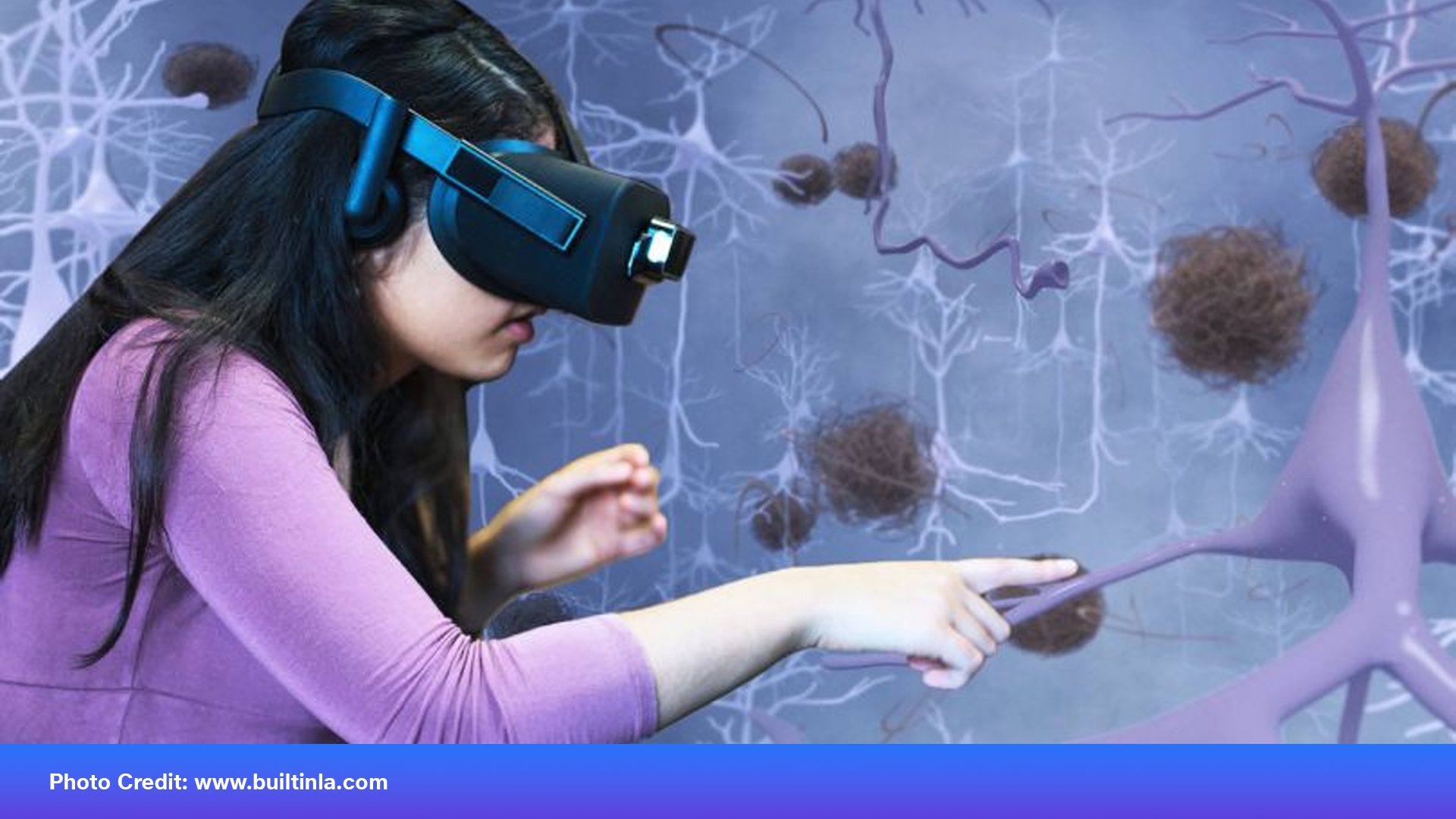
Phobias are serious, illogical fear of particular situations or objects like a spider, enclosed spaces, heights, etc. Face-your-fear is a VR app created to treat these phobias. There are different levels of simulation which exposes a person to their specific phobia. Like if a user is afraid of spiders, they will be exposed to simulation of spiders slowly. This helps them control the fear, atleast, if not get over it completely. This is under the care of a trained psychiatrist and the treatment is designed by professionals trained to cure/control phobias.
Future of Healthcare is AR/VR
It took a while for stethoscopes and X-ray machines to be widely adopted during their time, but now medical diagnoses cannot be done without them. Soon AR/VR technology and devices will be as ubiquitous. The virtual reality healthcare market is expected to cross $40 billion in revenue by 2026 as per Facts and Factors research report. The market is mainly driven by applications in surgery simulation, patient care management and rehabilitation. Many startups are rising in the AR/VR sector which has led to high demand for investments and fund developments, hence there is a boost in private investments. Even though there is a restraint of expertise among medical practitioners to adopt these new technologies, the technology is getting adopted widely through different applications.
If you wish to build AR/VR applications for healthcare sector, join JioGlass Developer Network, today!Click Here to register.
